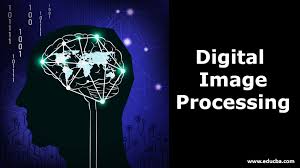Since 1964 the advent of large-scale digital computers and the space program have made digital image processing one of the most rapidly growing fields in electrical engineering. Now image processing has found much more wide applications not only in the space program, but also in the areas such as medicine, biology, industrial automation, astronomy, law enforcement, defense, intelligence. With the progress made in multimedia these days, digital image processing finds more wide applications. It has become an indispensable part of our digital age. This course is for the first year graduate and senior undergraduate students. The needed background include: Introductory preparation in mathematical analysis, matrix theory, probability and random process, linear system and computer programming. The topics to be covered are: 1. Digital image fundamentals: representation, sampling and quantization, image acquisition, basic relationships between pixels, imaging geometry; 2. Image transforms: discrete Fourier transform, discrete cosine transform, Walsh and Hadamard transforms, Hotelling transform; 3. Image enhancement: in spatial domain and in frequency domain, image smoothing and sharpening; 4. Image restoration: degradation models, inverse filter, Wiener filter; 5. Color and pseudo-color image processing; 6. Image segmentation: detection of discontinuities, thresholding, region-oriented segmentation, the use of motion analysis in segmentation.

- Teacher: Nasser Mahmoud Tamim Mohamed
